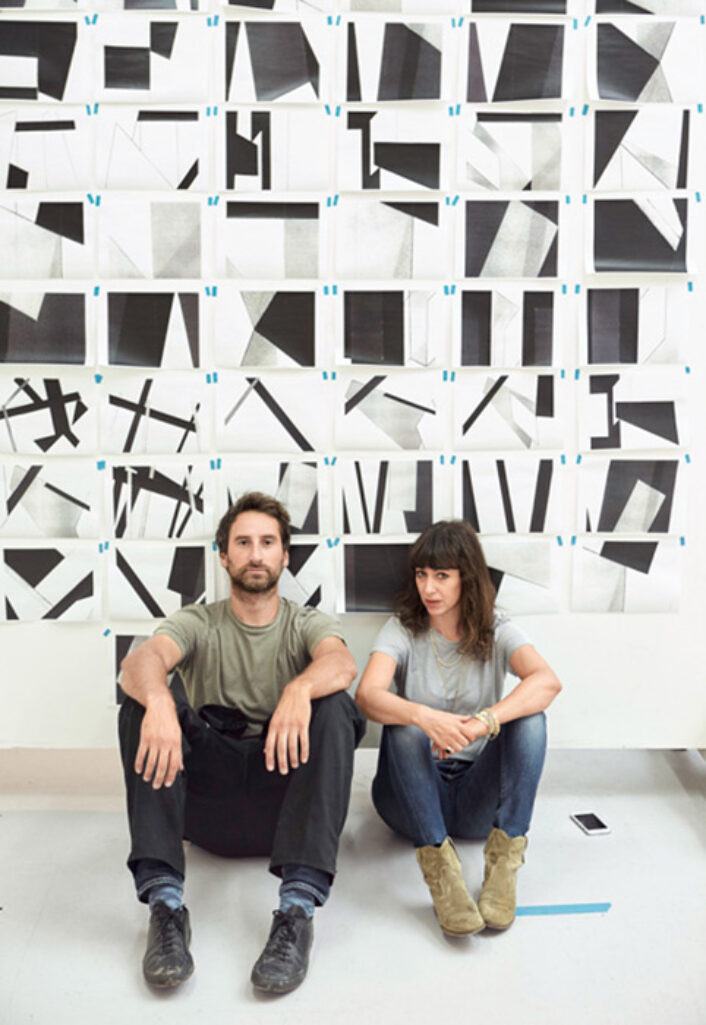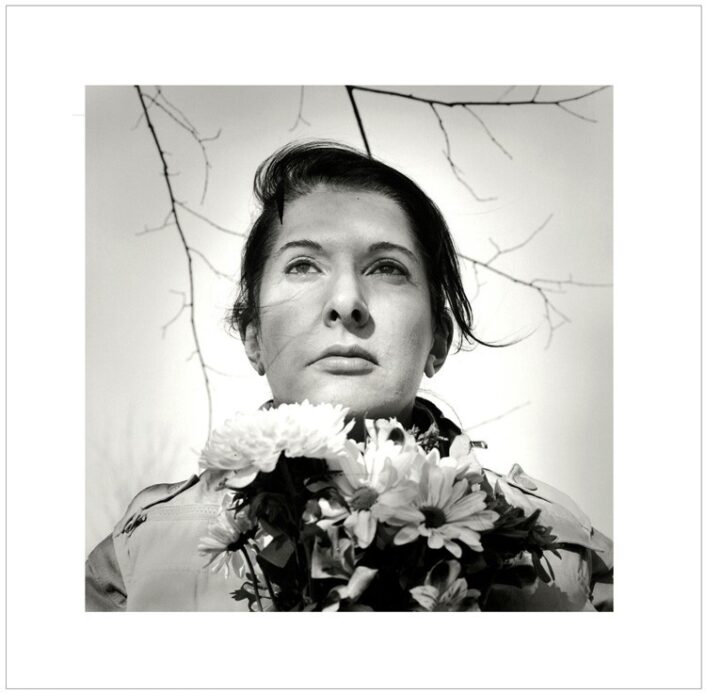Fine Art
Idris Khan
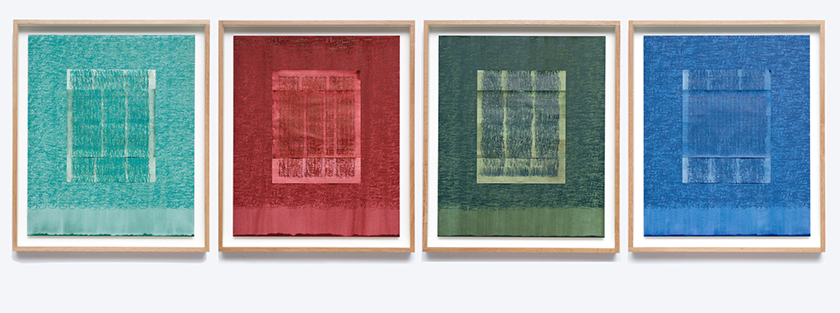
From “The Pattern of Landscape: Idris Khan.”
Image courtesy of: Sean Kelly New York
Idris Khan is a dichotomy. The British artist was raised by a Pakistani father who was an orthopedic surgeon and a Welsh mother who was a nurse; now, the artist is married to Annie Morris who is a Jewish multi-media British artist. Khan’s upbringing was the furthest thing from artistic; however he was lucky in that living in London allowed the curious youngster to experience different aspects of life. Most known for his large-scale, brooding work in photography, video, and sculpture, Khan uses layers of repeated images, musical scores, and texts to produce new images.
Khan is represented by two of the world’s top galleries, Sean Kelly in the United States and Victoria Miro in England. In 2017, the artist was awarded the American Architecture Prize for his innovative design of Abu Dhabi’s Wahat Al Karma; a commission for the United Arab Emirates that pays tribute to members of the UAE who lost their lives in military service.
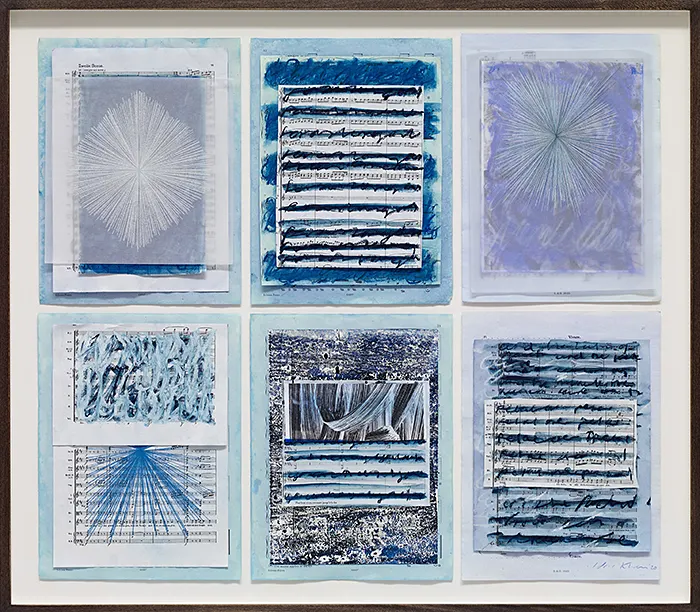
‘”Collage with six drawings,” (2019).
Image courtesy of: Financial Times
Khan first received international acclaim in 2004 after he scanned each page of the Qur’an and then condensed and digitally layered the images. The project took over two months as he had to ensure that each of the 1,953 pages was properly handled. He says (courtesy of The Guardian), “It got a lot of notice. It’s always tricky.” Contrary to popular belief, the project received positive reviews even by the Islamic press who said that the work was quite beautiful.
Khan was also asked “to build a memorial to the war dead of the United Arab Emirates.” Unveiled in 2016, the monument was constructed from seven aluminum-encased steel tables cast with poems by UAE emirs. Khan noted that he doubts that “someone with a western name could have made the Koran”
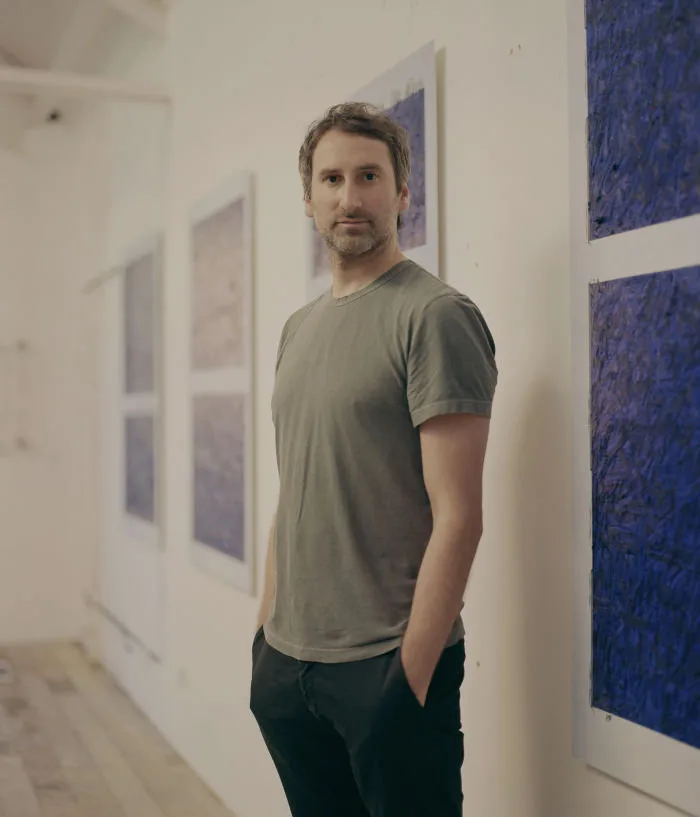
Khan in front of his paintings.
Image courtesy of: The Financial Times, photographed by: Tori Ferenc
Khan often draws inspiration from the history of art and music; in addition to recognizable theological and philosophical readings. The artist constantly addresses the concept of layering; both literally and figuratively; literally in that Khan’s work involves layering via repetition and superimposition, and figuratively in that he relies on his memories which are, in essence, layered experiences.
Courtesy of Victoria Miro, “Repetition and action have always been central to Khan’s practice along with a restricted set of processes. However, while his earlier works drew on pre-existing cultural artefacts and were about creating a totality from discrete parts, his more recent series introduce another layer of mediation and are resolutely hand-made.” Khan’s pieces take weeks to produce as they are the result of hundreds (sometimes thousands) of individual selections.
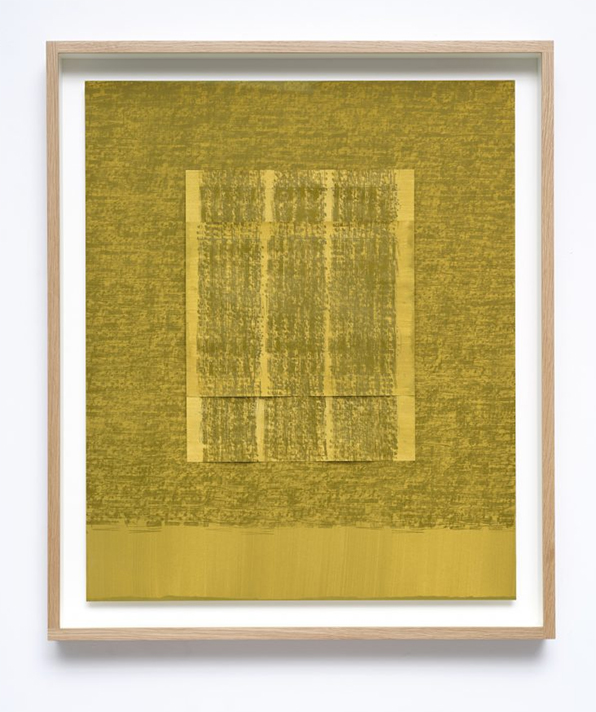
“The Pattern of Landscape: Idris Khan (2022),” exhibition was held September 17- November 5, 2022.
Image courtesy of: ArtNet
Last fall, Khan had the pleasure of being the “opening act” for Sean Kelly’s newly-opened Los Angeles galley. Showcasing his expanding collection of large-scale paintings, watercolors, photographs, and bronze sculptures, Khan’s use of color appeared completely spellbinding.
Best recognized for his black-and-white pieces that focus on musical scores and texts, the artist is relatively new to experimenting with color. In 2019, Khan incorporated a brooding blue hue to his repertoire in “Blue Rhythms” at an exhibition at Sean Kelly Gallery in New York City. Now four years later, the artist furthers his examination to include a “copper blue;” he also incorporates new mediums. It is no surprise that both monumental additions proved to be spectacular.
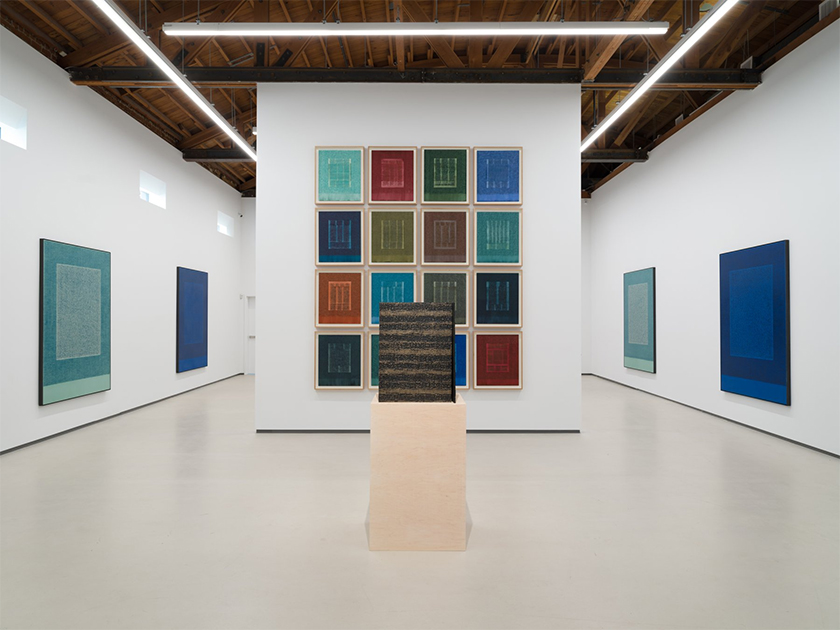
Idris Khan: The Pattern of Landscape at Sean Kelly Gallery
Image courtesy of: Sean Kelly
About his exhibition last fall, Khan said (courtesy of ArtNet), “I want people to come into this very meditative space and stand into these quite large paintings and fall into the frame. That center square that almost feels like it’s hovering.”
